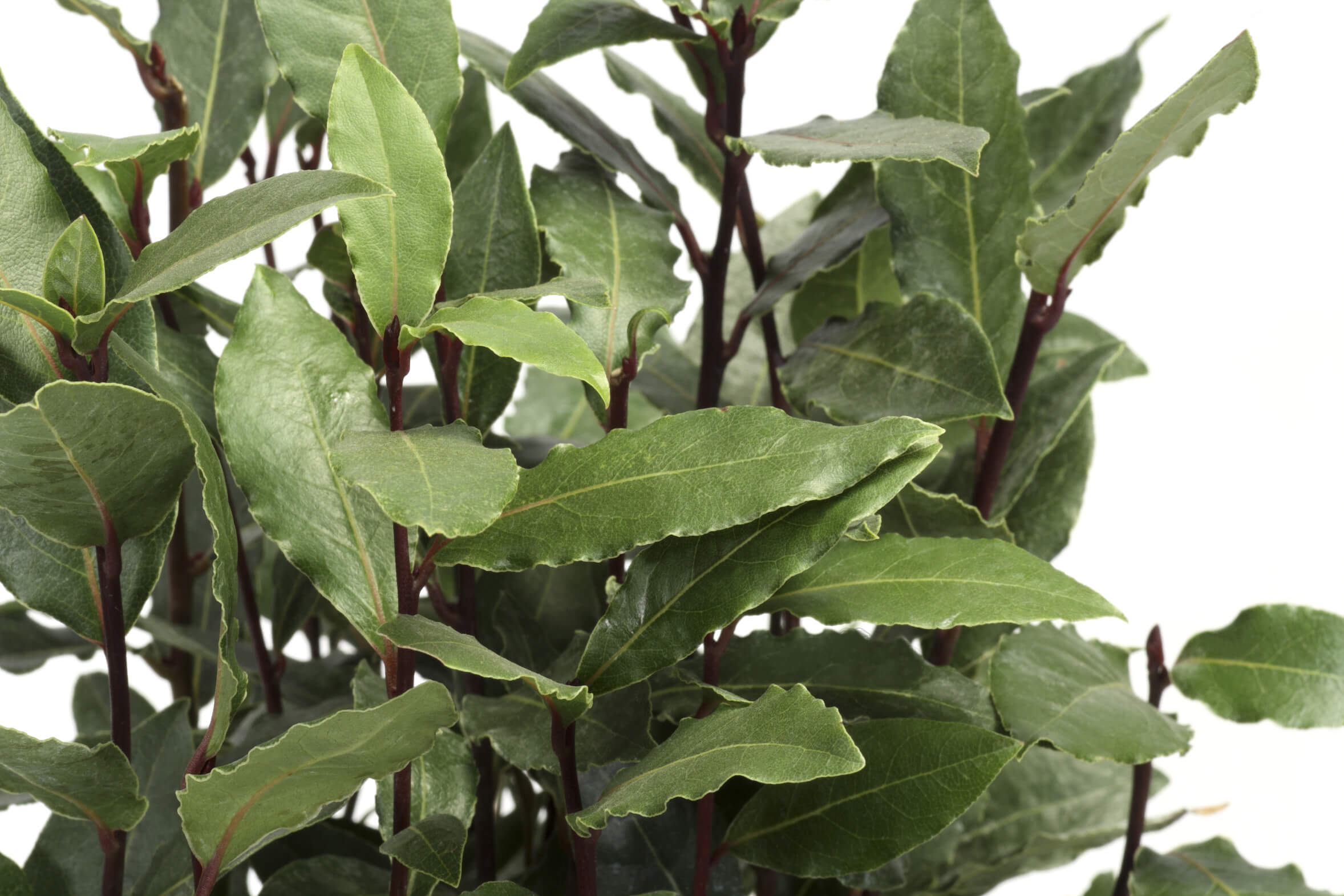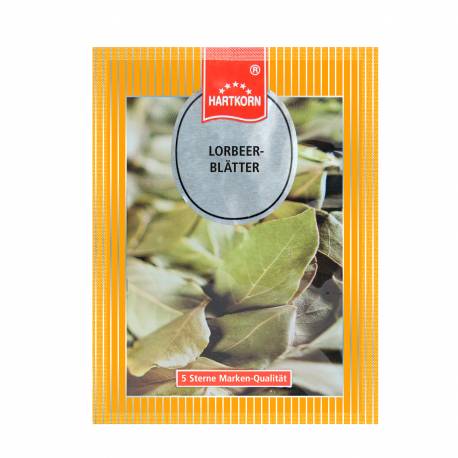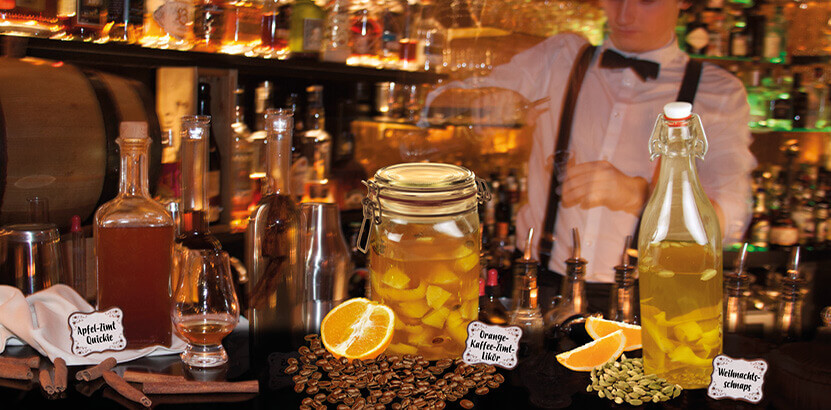Synonyms: Botanical family: origin: Classification: spice shape: flavor: odor: use: Good bay leaf goods must be green, dry, stalk-free and unbroken. When breaking a dry leaf, the characteristic spicy, balsamic smell should be released immediately. The taste is typically spicy and slightly bitter. Laurel is versatile and must be carefully dosed, because it dominates in food very quickly. Bay leaves are used to season soups, meat, game and fish dishes, sauces, vinegar fruits and pickles, and are often added to marinades and pickles. Ground bay leaves are often added to sausage spice mixtures. The use of bay leaves as packaging material is probably less well known in southern countries - a wrapping of bay leaves around licorice, figs and liquorice, for example, protects its contents from harmful insects. From the fruits of the laurel tree a strongly aromatic oil is obtained, which is used for ointments and liqueurs. tip: Recipe suggestion: knowledge: Botany: Home & Spread: cultivation & extraction: history: laurel
 Botanical name:
Botanical name:
Laurus nobilis L.
soup leaf, bay leaf
Laurel plants
Mediterranean countries i.B. Turkey
herb
leaves
aromatic
balsamic, slightly piquant
roast, knuckle of pork, stew, vinegar fruits, fricassee, fish dishes, mutton, Königsberger meatballs, cabbage dishes, marinades, sauces, brawn, game dishes
If you tear the leaves at the edges, the aroma unfolds better.
Potato pot: 1 kg potatoes cut into slices. Chop 2 large garlic cloves. Layer in 2 halves in a casserole brushed with oil, salt, pepper and cover with bay leaves. Sprinkle with oil. Pour 450 ml chicken broth over the potatoes, bring to the boil and simmer for 25-30 minutes until done. Pour off the rest of the liquid.
Medicine: An interesting study could show that laurel extract could lower the blood alcohol level.
The evergreen, lushly leafy laurel tree grows wild to a height of about 10 to 15 meters, but in the cultures it is cut back to the more convenient bush shape. The leathery, tough, lanceolate, pointed, whole-edged and somewhat wavy, above strongly olive green, below dull light green leaves become 8 to 10 cm long and 3 to 5 cm wide. The midrib of the leaf protrudes strongly on the underside of the leaf. Usually the leaves stay on the tree for several years before they fall off and are replaced by new ones. The white to yellowish, polygamous flowers, which sprout from the leaf stem axils in bunches at the branch ends, develop into black-blue or black-brown, olive-like, berry-like fruits, which grow to about 1.5 cm long and are very oily.
The laurel tree probably originates from Asia Minor and came from there to the Mediterranean countries. Today, the main areas of cultivation are in Italy, Yugoslavia, Greece and Turkey, but there are also rich laurel gardens in Albania, Spain, Morocco and the Canary Islands. Laurel has also been cultivated in the southern USA for a long time.
In the laurel gardens, the leaves are picked by hand, and when freshly picked they are extremely bitter and strongly aromatic. They are then carefully dried in the shade. Only in this way do they retain their green color, if dried improperly the leaves will turn brown. Proper drying also causes the bitter substances to evaporate and the typical laurel aroma to come to the fore. The leaves are sold whole, cut or ground.
Even in ancient times the laurel tree was considered sacred, was dedicated to the god Apollo and was the symbol of wisdom and fame. In ancient Rome and Greece, poets and thinkers, sportsmen and sportswomen or victorious military commanders wore laurel wreaths. The laurel thus stood for success. "Resting on laurels" is still used today if you are satisfied with what you have achieved so far.
http://de.wikipedia.org/wiki/Echter_Lorbeer







